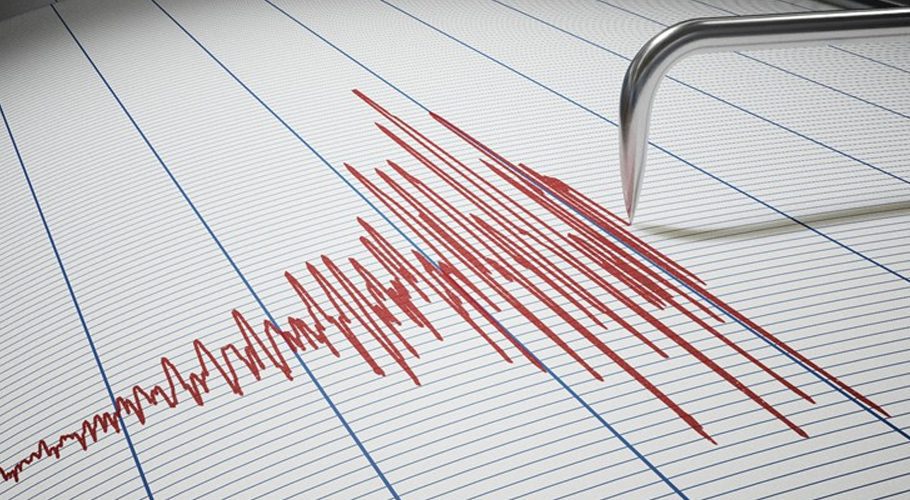MAKKAH: Muslim pilgrims cast pebbles in the “stoning of the devil” ritual marking the start of the Eid-ul-Adha holiday on Saturday, as this year’s expanded hajj pilgrimage was winding down.
From first light, small groups of worshippers made their way across the valley of Mina, near Mecca in western Saudi Arabia, to throw stones at three concrete walls representing Satan.
The ritual is an emulation of Abraham’s stoning of the devil at the three spots where it is said Satan tried to dissuade him from obeying God’s order to sacrifice his son, Ishmael.
The stoning ritual has in past years led to deadly stampedes, as millions of participants converge on a tight space.
The hajj, usually one of the world’s largest annual religious gatherings, is among the five pillars of Islam and must be undertaken by all Muslims with the means at least once in their lives.
In 2019, some 2.5 million Muslims from around the world took part.
But that figure slumped to only a few thousand in 2020 and 60,000 in 2021, all of them Saudi citizens or residents, as the kingdom tried to mitigate the effects of the Covid-19 pandemic.
This year, participation was capped at one million fully vaccinated worshippers. Authorities said Friday that almost 900,000 were in attendance, nearly 780,000 of them from abroad.
After the stoning ritual, pilgrims return to the Grand Mosque in Mecca to perform a final “tawaf”, or circling of the Kaaba.
Eidul Azha, the feast of the sacrifice that begins on Saturday, marks the end of hajj.
Muslims across the world buy livestock for slaughter to commemorate the willingness of Ibrahim to sacrifice his son to show obedience to Allah.
On Friday, huge crowds of robed Muslim pilgrims prayed on Mount Arafat, the climax of the annual pilgrimage.



































